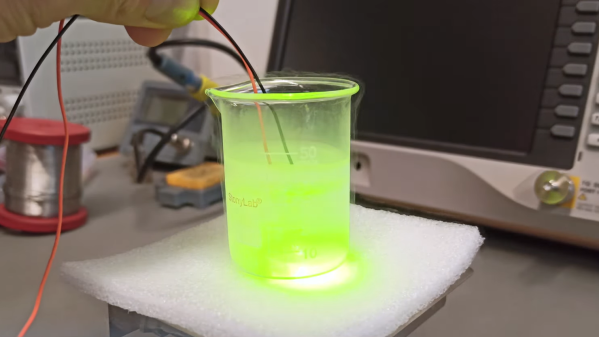Leading off the week is the controversy around the Linux kernel and an unexpected change in maintainership. The exact change was that over a dozen developers with ties to or employment by Russian entities were removed as maintainers. The unfortunate thing about this patch was that it was merged without any discussion or real explanation, other than being “due to various compliance requirements”. We eventually got more answers, that this was due to US sanctions against certain Russian businesses, and that the Linux Foundation lawyers gave guidance that:
If your company is on the U.S. OFAC SDN lists, subject to an OFAC sanctions program, or owned/controlled by a company on the list, our ability to collaborate with you will be subject to restrictions, and you cannot be in the MAINTAINERS file.
So that’s that. One might observe that it’s unfortunate that a single government has that much control over the kernel’s development process. There were some questions about why Russian entities were targeted and not sanctioned Chinese companies like Huawei. [Ted Ts’o] spoke to that, explaining that in the US there are exemptions and different rules for each country and business. This was all fairly standard compliance stuff, up until a very surprising statement from [James Bottomley], a very core Kernel maintainer:
We are hoping that this action alone will be sufficient to satisfy the US Treasury department in charge of sanctions and we won’t also have to remove any existing patches.
Continue reading “This Week In Security: The Geopolitical Kernel, Roundcube, And The Archive”

















